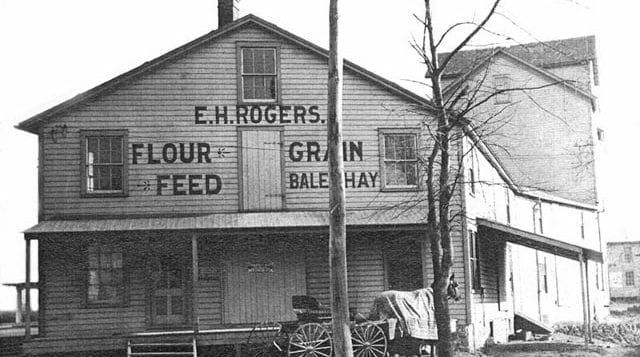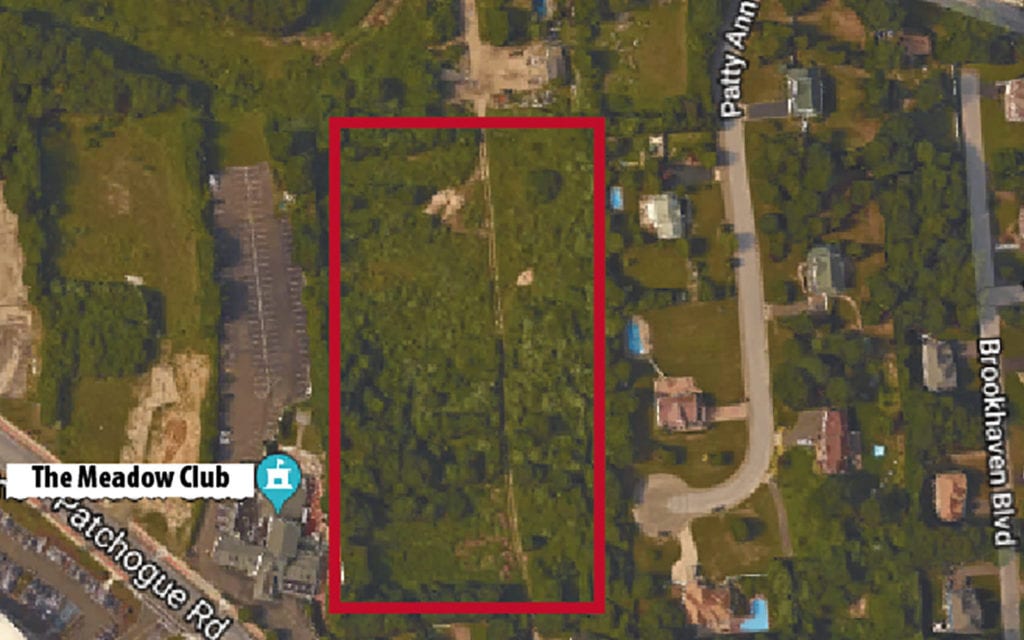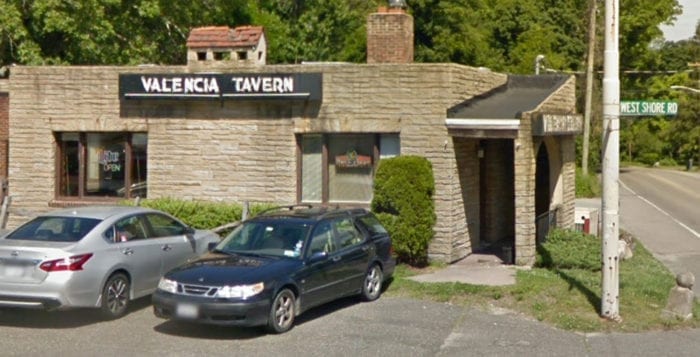Port Jefferson Station and Terryville residents may be willing to give a proposed apartment complex a tentative thumbs up, but a new potential fast food restaurant is having its feet put to the fire.
Members of the Port Jefferson Station/Terryville Civic Association listened to the developers of several prospective businesses and apartment complexes at a Nov. 27 meeting, one the once-maligned Concern for Independent Living apartment complex off Route 112 in Port Jefferson Station.
The 77-unit complex, slated for north of East Grove Street and south of Washington Avenue across from the Sagamore Hills Condominiums, originally came under fire from residents when Gov. Andrew Cuomo (D) announced May 10 that New York State was setting aside $8.1 million for the project to promote affordable homes, particularly for the homeless.
Sal Pitti, the president of the civic, said after talking with representatives of the apartment’s developers he realized there was much misinformation about the project. “It was a culmination of nonsense,” Pitti said.
The civic leader said Ralph Fasano, the executive director for Concern for Independent Living, has also been extremely forthcoming and attentive to addressing the community’s concerns.
Fasano said 75 units in the complex will be single bedroom, and only two are two-bedroom, one of which is reserved for the apartment manager. Veterans would get preference when applying for these apartments, and the remainder will be available for people making up to 60 percent of the area median income, which is about $40,000 to $60,000 a year according to U.S. Housing and Urban Development guidelines.
A majority of the civic voted to write a letter of conditional support to the Town of Brookhaven, with specific requests for the town to compel the developer to work to obtain a traffic light on Route 112, provide as much fencing as possible between adjacent housing, provide a landscaping screen for the adjacent property and preserve open space.
“They seem to be trying to address [those concerns],” Charlie McAteer, the civic’s corresponding secretary, said.
While the apartment complex received support, a potential Popeyes, to be located on property east of the TD Bank on Nesconset Highway at the corner of Old Town Road, garnered the opposite reaction. The proposal was spurred by residents angry over the amount of existing fast-food restaurants on Route 347 and fears of an increase in traffic.
While the land has not yet been sold, Jim Tsunis, the CEO of Hauppauge-based The Northwind Group, said preliminary designs call for a 2,400-square-foot restaurant with access from Route 347. Tsunis said they are seeking a change of zoning application to allow for the restaurant use.
Residents were especially concerned about traffic on a road that has already seen its share of accidents. Tsunis said that he doesn’t expect the project to put any more cars on the road, but rather some drivers would decide to pull into the Popeyes rather than visit other existing restaurants further down the highway.
“It’s a balance, not a give and take,” Tsunis said.
Craig Fazio, a lifelong Port Jeff Station resident, said he disagreed with others about the Popeyes, especially since Tsunis still owned the property. Fazio said Tsunis could push to build a 14,000-square-foot medical office complex in that same spot, which he believes would be even worse for traffic.
“If you put health care there, how many doctors will see patients every 15 minutes versus a much smaller restaurant?” Fazio asked.
Tsunis said that he has considered building medical offices and the property is zoned for a two-story office building.
“I hope we can work together in the future to mitigate some of these points,” he said.
Jennifer Dzvonar, the president of the Port Jefferson Station/Terryville Chamber of Commerce, asked why Popeyes wasn’t considering building on Route 112, other vacant land or existing empty retail space.
McAteer said he didn’t believe the civic was totally against Popeyes, but it needs to be located on a better and safer site. “We were not saying, ‘We just hate your restaurant, we just want you out.’ Just put it in an area that could use a little boost,” he said.
The civic’s next meeting will be held at Comsewogue Public Library, 170 Terryville Road, Port Jefferson Station on Tuesday, Dec. 18 at 7 p.m.
















